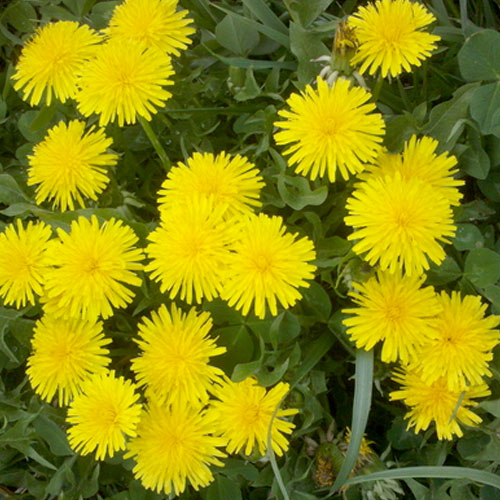Peppermint Home Remedies-Peppermint Health Benefits
PEPPERMINT PEPPERMINT USED FOR STRESS Aromatherapy: Peppermint essential oil is commonly used in aromatherapy to…

Plants live wonderfully in this world and leaves behind positive imprints on the earth. Unlike a human being the plants live a wholesome life and grow together with their family till they depart from this earth. Human beings have to learn so many things from the nature and enhance his wisdom. This topic will deal with a plant named common dandelion which has numerous florets in its flowers. The botanical name of this plant is Taraxacum officinale. This ornamental plant’s flower will look extremely beautiful when it grows in full swing. The normal color of the flowers is yellow. These yellow flowers at one point of time will turn into fruits that disperse in the wind called “blow balls” or “clocks“.
Some researchers recognize that there are three subspecies of officinale. They are Taraxacum certophorum, Taraxacum officinale, Taraxacum vulgare. These weeds grow vigorously and are found abundantly in Europe’s central and northern regions. The color of the fruits is olive-green or olive-brown and 2-3 mm long. The fruits have 4 to 12 ribs that have sharp edges. The pappi which forms the parachutes are white to silver-white color and around 6 mm wide.
Dandelions generally have 25 to 40 pairs of chromosomes, but some plants have lesser chromosomes. These plants are native to Europe and Asia and are now naturalized in many parts of the world. Since these weeds grow at amazing speed these plants are considered a nuisance in recreational places of America. This species are prolific seed producer with 54 to 172 seeds produced per head.
It is imperative to note that a single plant can produce more than 5000 seeds in a year. So when someone plants these seeds on a piece of land (per hectare) they can reap more than 97,000,000 seeds in a year. These seeds generally spread by the wind. These plants grow wonderfully in any types of soils.
| Nutrients | Nutrition Value | % DV of RDA |
|---|---|---|
| Energy | 45 Kcal | 2% |
| Carbohydrates | 9.20 g | 7% |
| Protein | 2.70 g | 5% |
| Total Fat | 0.70 g | 3% |
| Cholesterol | 0 mg | 0% |
| Dietary Fiber | 3.50 g | 9% |
| Vitamins | ||
| Folates | 27 µg | 7% |
| Niacin | 0.806 mg | 5% |
| Pantothenic acid | 0.084 mg | 1.50% |
| Pyridoxine | 0.251 mg | 19% |
| Riboflavin | 0.260 mg | 20% |
| Thiamin | 0.190 mg | 17% |
| Vitamin A | 10161 IU | 338% |
| Vitamin C | 35 mg | 58% |
| Vitamin E | 3.44 mg | 23% |
| Vitamin K | 778.4 µg | 649% |
| Electrolytes | ||
| Sodium | 76 mg | 5% |
| Potassium | 397 mg | 8% |
| Minerals | ||
| Calcium | 187 mg | 19% |
| Iron | 3.10 mg | 39% |
| Magnesium | 36 mg | 9% |
| Manganese | 0.342 mg | 15% |
| Phosphorus | 66 mg | 9% |
| Selenium | 0.5 mg | 1% |
| Zinc | 0.41 mg | 4% |
| Phyto-nutrients | ||
| Carotene-α | 363 µg | — |
| Carotene-ß | 5854 µg | — |
| Crypto-xanthin-ß | 121 µg | — |
| Lutein-zeaxanthin | 13610 µg | — |